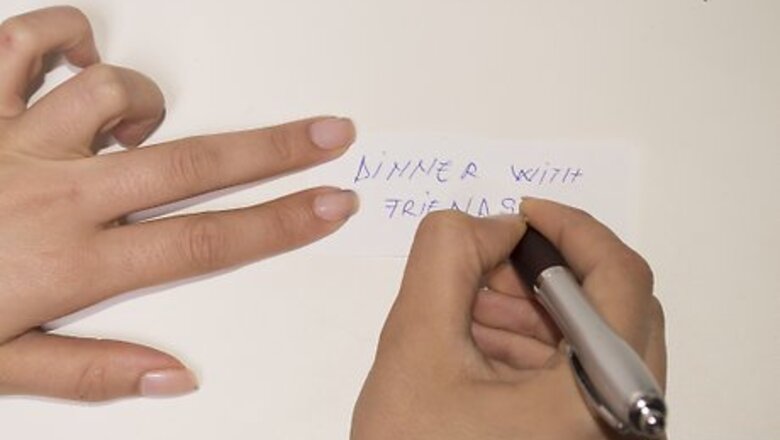
views
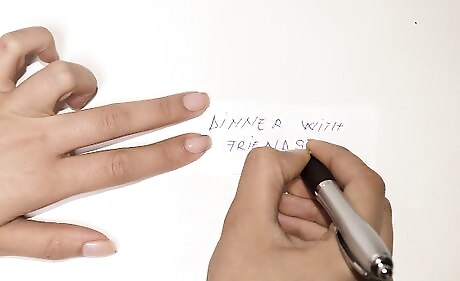
Decide on the formality of your occasion. Are you having business associates over or friends? Relatives from out of state or your immediate family? The relationship that you have with the people attending your event will determine the formality. As a general guide, a silver service sit-down event should be reserved for professional or very special occasions; a buffet is far more informal and you are less able to control the seating arrangements. It's also important to think about how many guests you're having, because that will define if you'll need one table or more. It's important that everyone fits at the table.
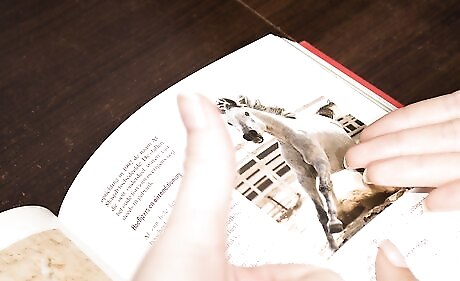
Seat people who have common interests together. This is the most helpful starting point. Consider the following: Do they have a need to discuss business together? Do they have hobbies or interests in common? Do they have professions in common? Do they have marital/single status in common? (Perhaps you're into matchmaking, although some would be irritated by your attempt if they were to figure it out) Do they like one another or not? Be careful of seating people you know have animosity towards one another unless you want a dampener on the occasion.
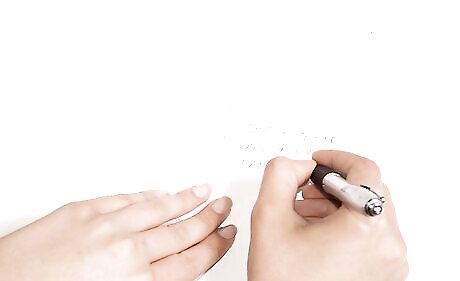
Pair people together. Be creative in your pairings. Sometimes it is customary to pair male/females but this can be stifling to the conversation or uncomfortable for some people. If you know someone to be shy, try to pair them with a caring extrovert. If you think two people who would normally not cross paths will end up having a good yarn, then try it. Being the host calls for exercising some people skills in your choices, as well as during the occasion.

Seat guests of honour in order. If you have a guest of honour, for example, a boss, an elderly relative, a visiting superstar, there are etiquette rules as to their seating. A female guest of honour usually sits to the right of the host, while a male guest of honour usually sits to the left of the hostess.

Put out place cards. Write the full name of each guest in fancy print on little cards (if you're creative, this is a fun part; if not, get someone else to do it). You really don't need place cards unless you have more than 6 guests. Below that amount is a little like telling your guests what to do. By tradition, there is no need to provide place cards for the hosts unless you think that omitting them will lead to confusion.
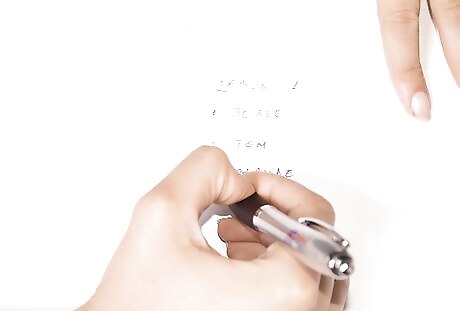
Have a seating list for large dinner parties. If your dinner party is so large that it encompasses a group of tables, it is helpful to have a seating list at the entrance to the room. Or, personalise it and tell each guest where their table is. That is always much friendlier than making them line up like they're at a school cafeteria.
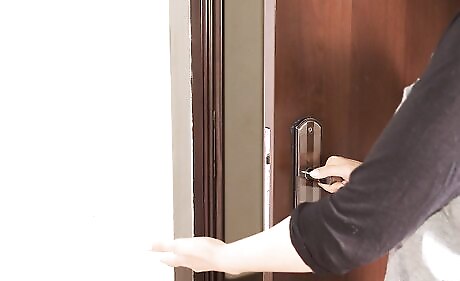
Be a good host. Enjoy yourself but make sure the guests are having fun, too. Make sure that anyone with a disability is seated on a comfortable chair; offer to change it or add a cushion etc., if they appear uncomfortable. Let people know quietly where the bathrooms are located, or assist by making it clear with a discreet sign. If a guest looks put out at where you've seated them, do some discreet legwork and re-seat them as quickly as possible; make an excuse like, "Oops, I meant to put you over there." Don't do this if it makes the situation too obvious or you really can't work out a better place for them to sit.


















Comments
0 comment